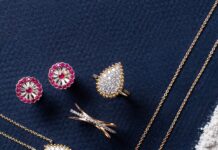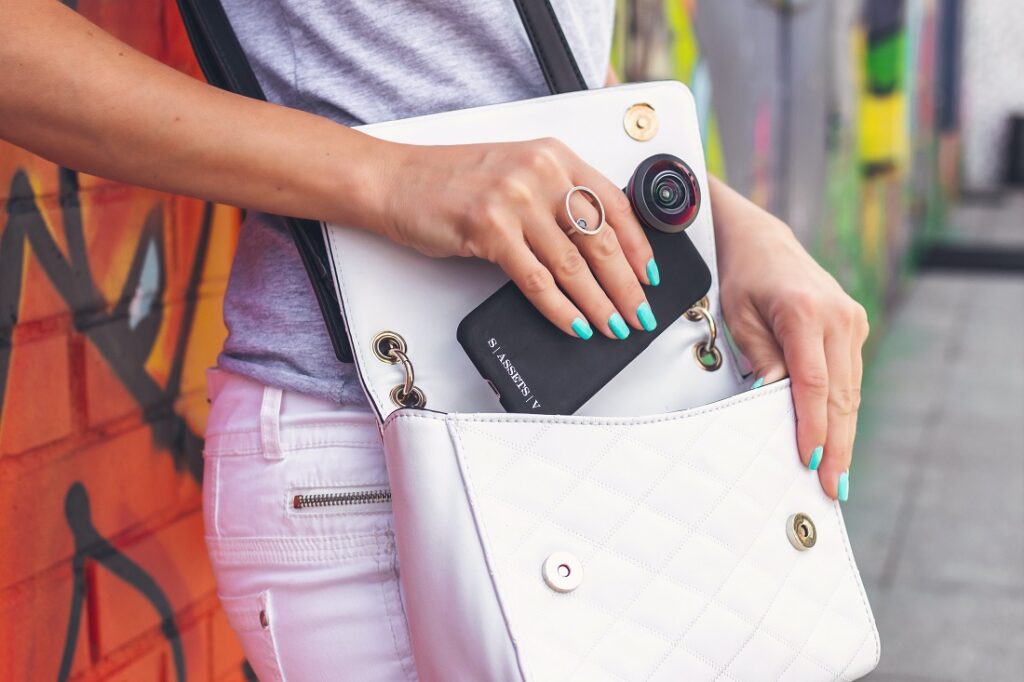Every jewellery has a story. It is the essence of a moment. It captures your emotions. It is essentially an expression - of the maker, of the wearer, of the onlooker. Jewelpedia® narrates these untold stories from the glittering world of gems and jewellery.
Quick Links
© 2024 Jewelpedia® | All Rights Reserved
Latest From Jewelpedia®
Never miss a beat on the jewellery universe. Sign up for our newsletter and stay updated with curated stories & news straight to your inbox



























